Erasmus Mundus Retrospective:
Living in Prague
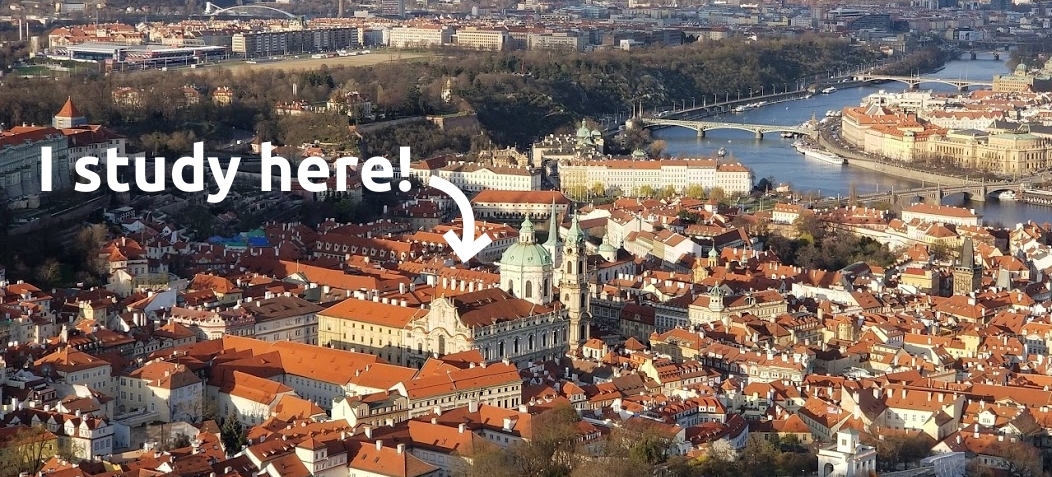
- Introduction
- Living in Prague « You are here
- Coursework in Computational Linguistics
- Extracurricular Projects
- Exploring Europe
- Closing Thoughts
Discovery of Erasmus Mundus
Entering my senior year studying Computer Science (CS) at Boise State, I sent out some emails to ask any faculty if they are willing to work with me on a year-long CS project for an Honors class. I caught the attention of Dr. Casey Kennington, which led us to work on what is now known as a virtual assistant called Hello Augi. Dr. Kennington intrigued me with his deep, internalized knowledge of linguistics and the many problems associated with trying to process natural language. Eventually, I found out that he earned three graduate degrees in Europe: two Master’s, and one PhD. The idea of having two Master’s degrees was bizarre to me, but I eventually got an answer.
Dr. Kennington received a scholarship from the European Commission to study Computational Linguistics at two European partner universities. The Erasmus Mundus Joint Master’s Program offers joint degrees in several subject areas, one of them being Language & Communication Technologies (LCT). A small handful of EU universities participate in the program, allowing a student to study for a year each at two universities. Upon completion of the two-year program, the student receives two computational linguistics degrees, one from each university. Competitive applicants are eligible to receive an Erasmus Mundus scholarship, which pays for not only tuition but also travel and living expenses.
Preparations for Prague
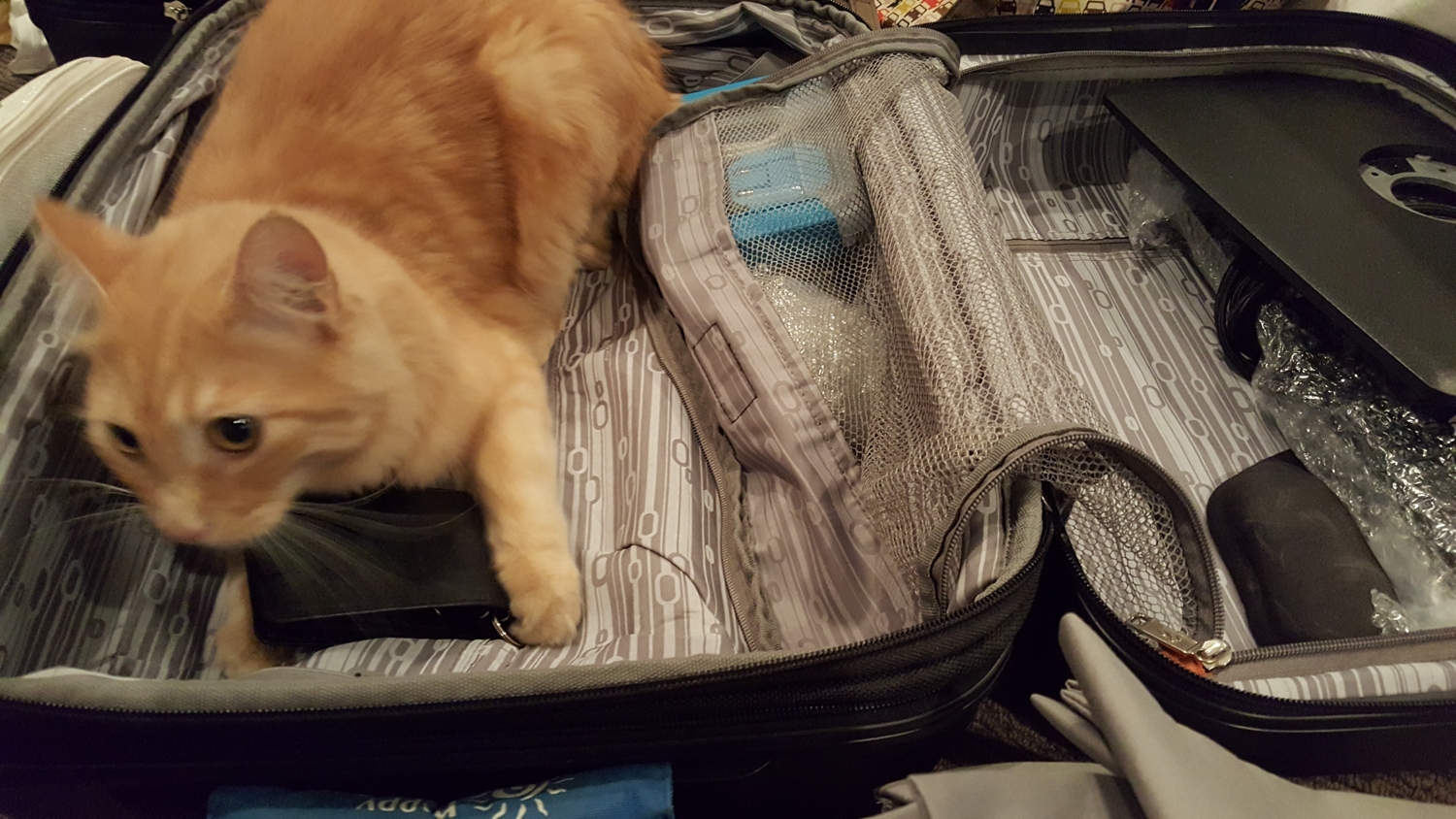
After compiling the required documents and submitting the LCT application in January 2017, I received a scholarship acceptance notice in April. I chose to study at Charles University for my first year, as it not only had experienced faculty, but it’s also in Prague, one of the most breathtaking cities in all of Europe. My second choice for the next year was Saarland University in western Germany, which integrates a large hub of computational researchers into its campus, and is the headquarters for LCT. At that point, I made the decision to push forward with European studies. And that’s when the bothersome process of integrating into the Czech Republic started.
The paperwork and forms required for LCT were not so bad, but the requirements for obtaining a Czech residence permit were something else. First I needed to fill out and sign several forms and get them all notarized (I even needed to get my credit card notarized for a proof of funds, to which the notary gave me an odd stare), and then personally fly out to the Czech Consulate in Los Angeles to send the application to the Czech Republic. But that was only the beginning. Once in the country, I registered with the foreign police. The people I met in police office with were highly unprofessional, spoke no English, and made fun of me for being a programmer (Czech is similar enough to Russian that I got the gist of what they were saying). Then nearly 60 days after I submitted my residence application, they were ready for me to finalize it. I had to wait another two weeks for my appointment with the Ministry of Interior, where I submitted even more paperwork. Finally, I waited two more weeks for one last appointment which handed me my residence permit/visa. Did I mention I had to perform this entire process alone? I felt as though I was drowning in red tape. Fortunately, I got a lot of advice from other students who went through the same process. Once it was over, I didn’t need to deal with anything like that again.
Housing
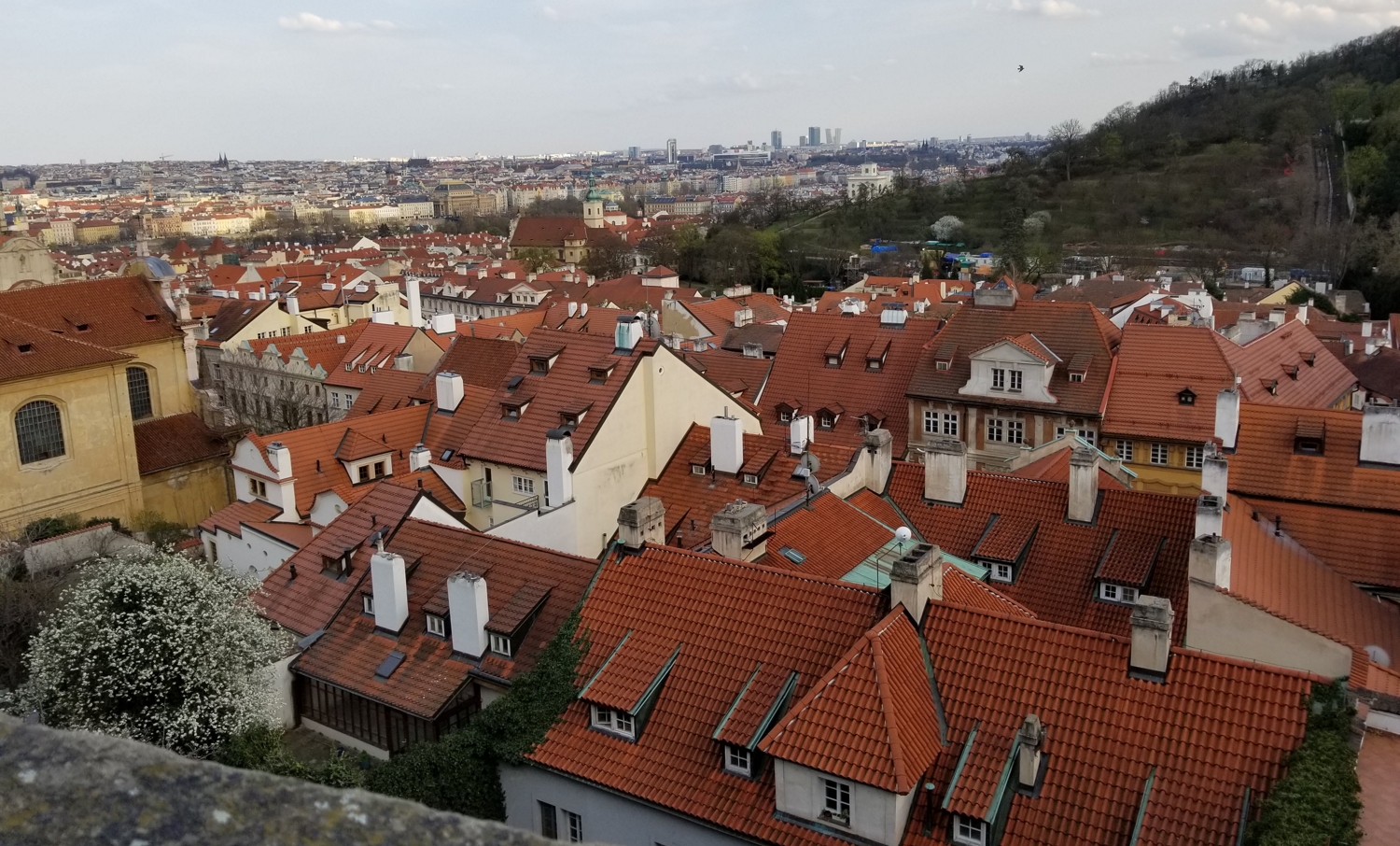
Upon arriving in Prague, I got situated in an apartment and quickly gained my bearings. I opened a bank account and started receiving scholarship funds within a couple weeks. It wasn’t a large sum of money, but the living costs were so low that I had more than half left over each month after factoring in rent, transportation, and food. It turns out living in Europe (and especially the Czech Republic) is cheap. However, if you want to buy tech like smartphones or laptops, it’s much cheaper do so in the USA.
Transportation
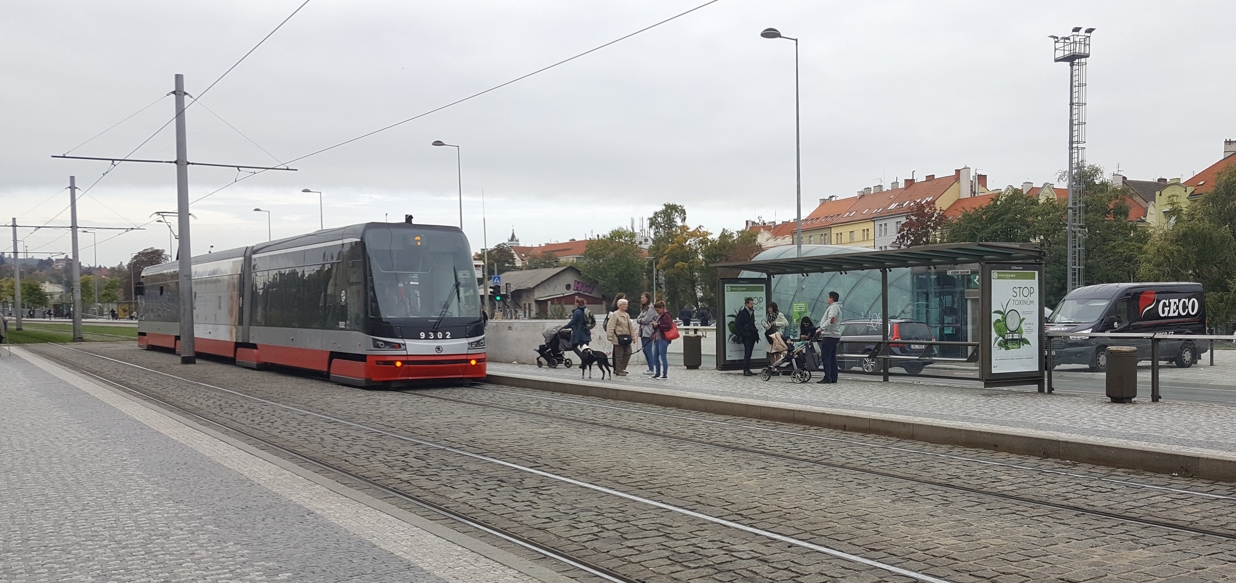
The transportation system around Prague is quite efficient. The system of metro lines, trams, and buses ensure that you can get anywhere in the city in a short period of time. Tickets are cheap with student discounts, and allow you to board any of the public transportation in Prague. There’s even a small boat that can take you from one side of the Vltava river to the other at no cost.
Weather
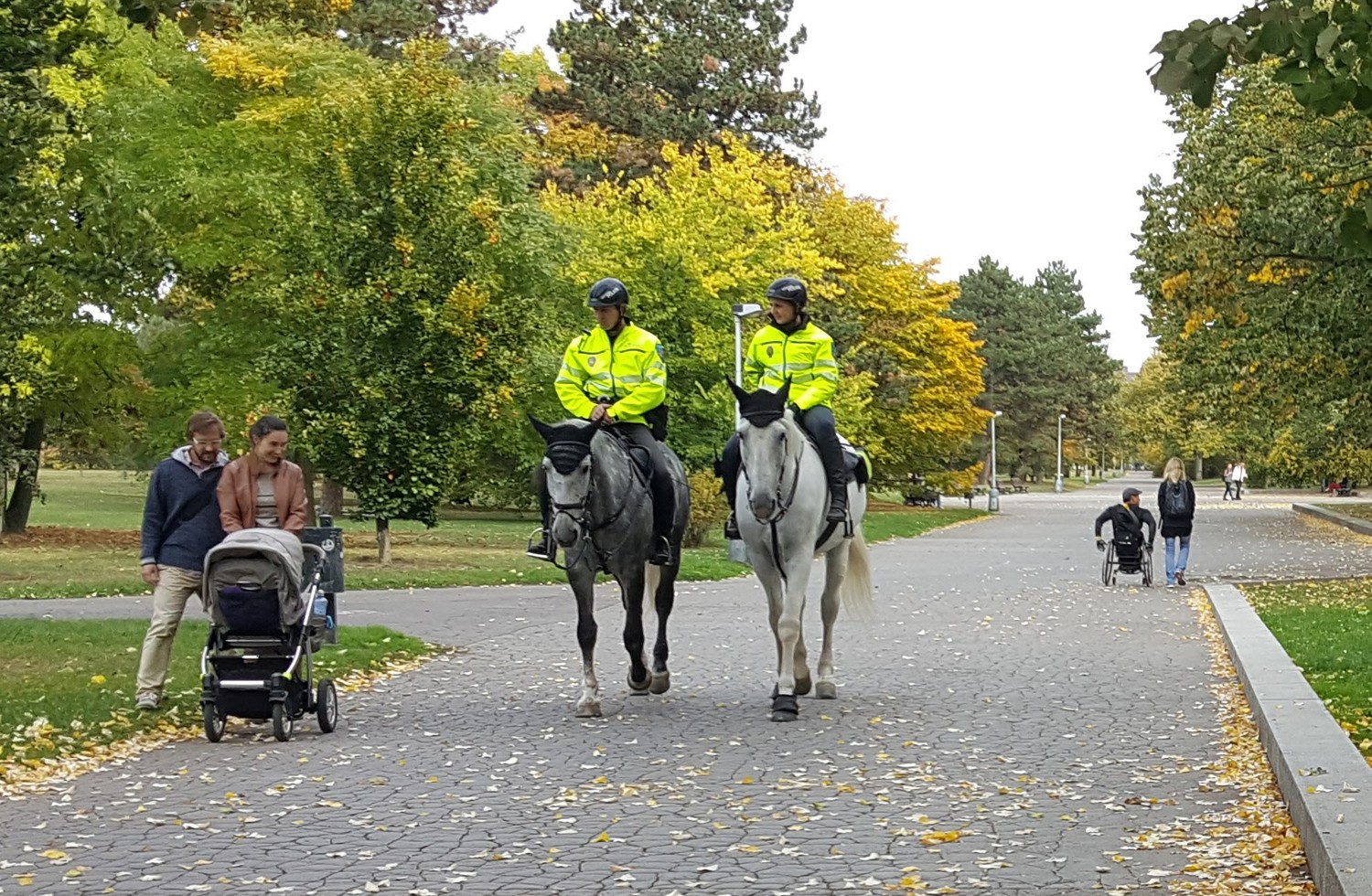
The weather here is fairly calm and predictable. On most days, the sky will be overcast with clouds, and every few days it rains. The four seasons neither get too cold or hot (well, except that one week that blew in Siberian winds). I’m used to much drier, erratic weather back in Idaho, so this was a welcome change.
The Computer Science Department at Charles University
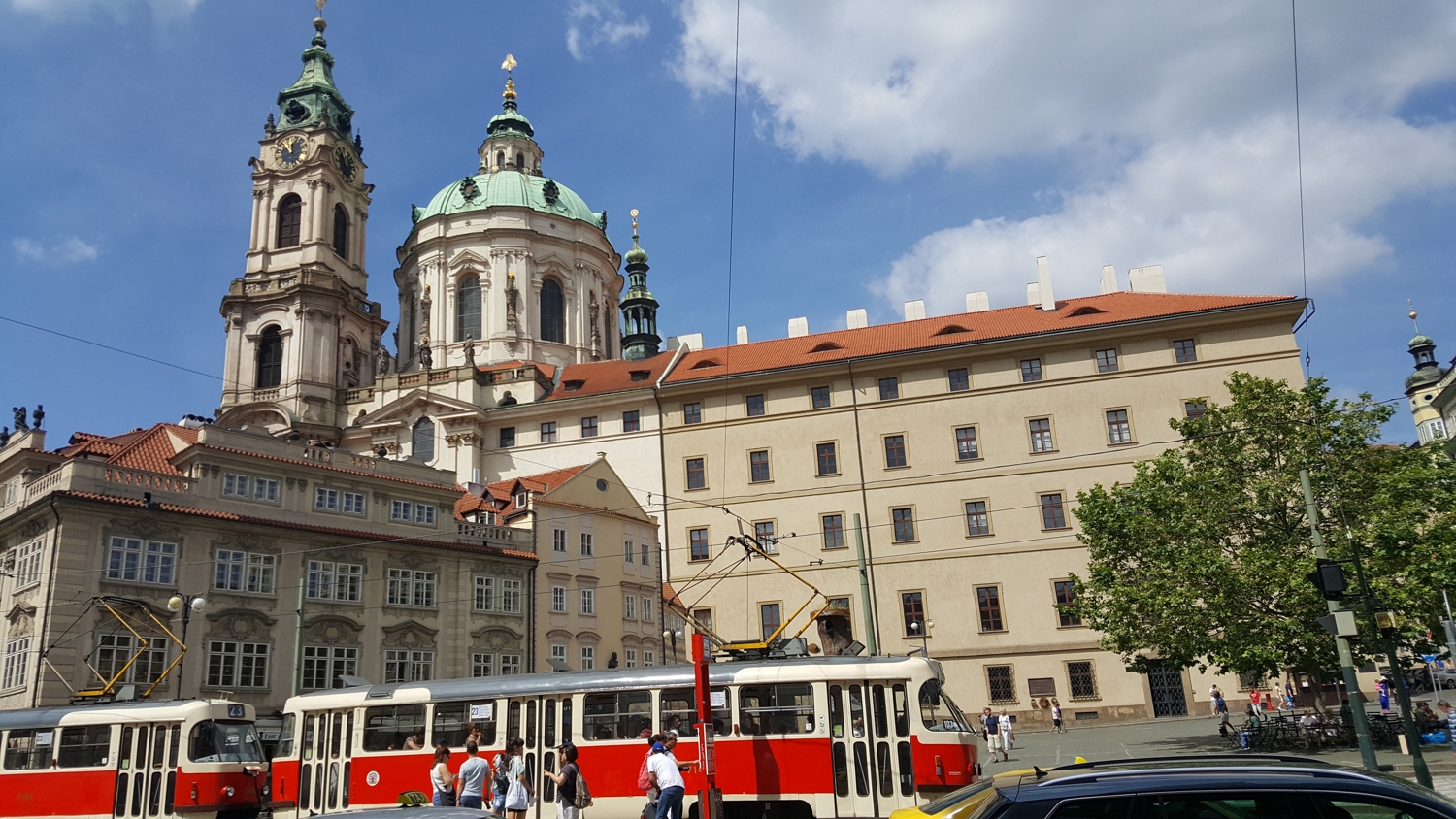
What a surprise it was to find out that the Computer Science Department where I would be spending most of my time was not only smack in the heart of Prague’s Old Town, but also adjoined with the St. Nicholas Church, a stunning cathedral. The commute from my apartment would take about 35 minutes: first a metro ride to the national theatre, and then a tram ride across the Vltava river to Malá Strana.
Community Groups
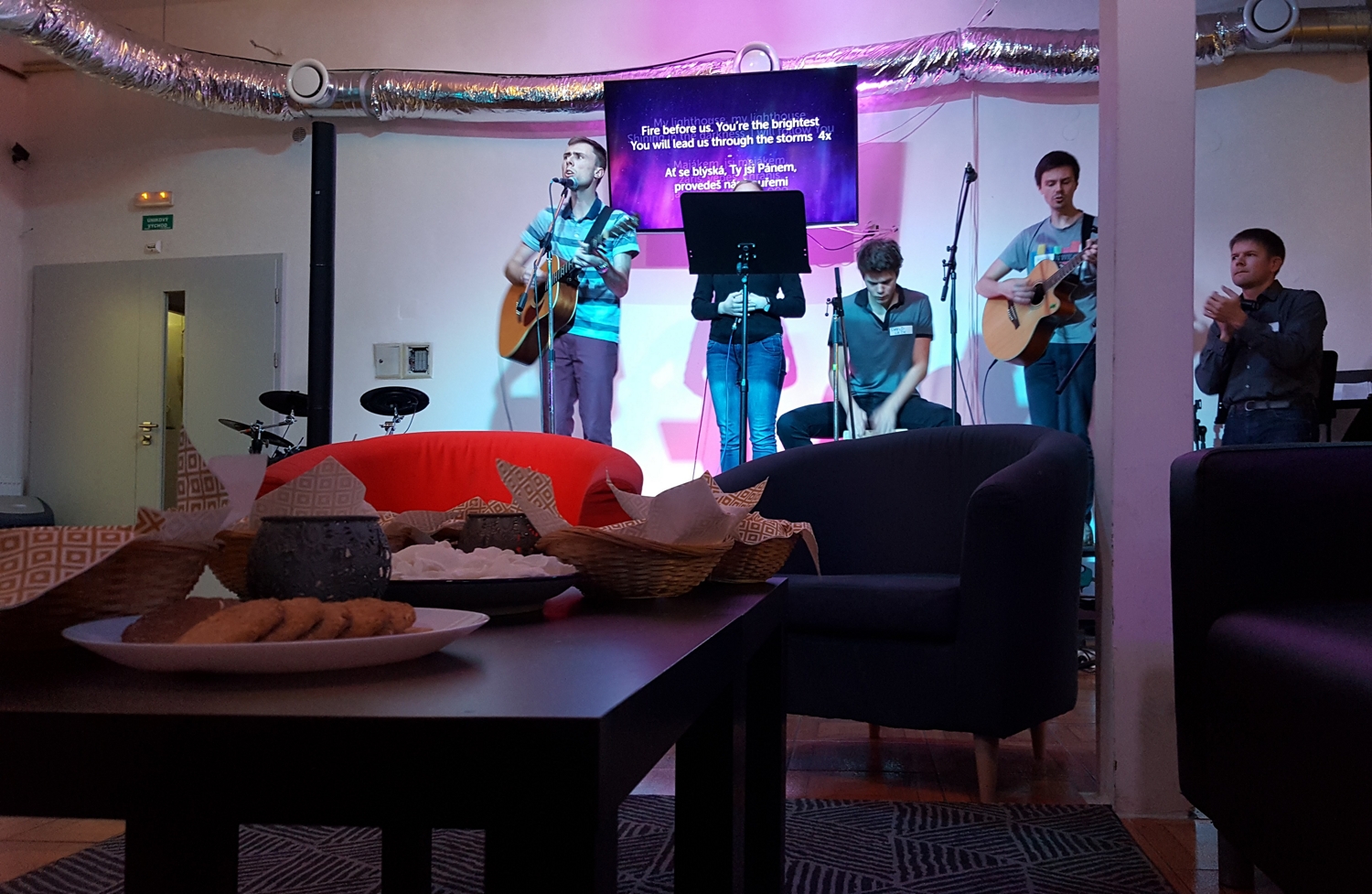
There are no shortage of clubs and community groups to join in Prague.
If you are in search of a good English-speaking church, take a look at the International Church of Prague (ICP). The church sees about 2-12 new visitors from all over the world every Sunday, so there is no shortage of new people to have a chat with. The pastor there is from Colorado, and is knowledgeable about lots of topics.
Sights and Tours

Many of the museums, theatres, and restaurants offer steep discounts to university students. There was no shortage of fun things to see and do. If you visit Prague, make sure to view Charles Bridge, Prague Castle, and see a show at the Czech National Theatre.
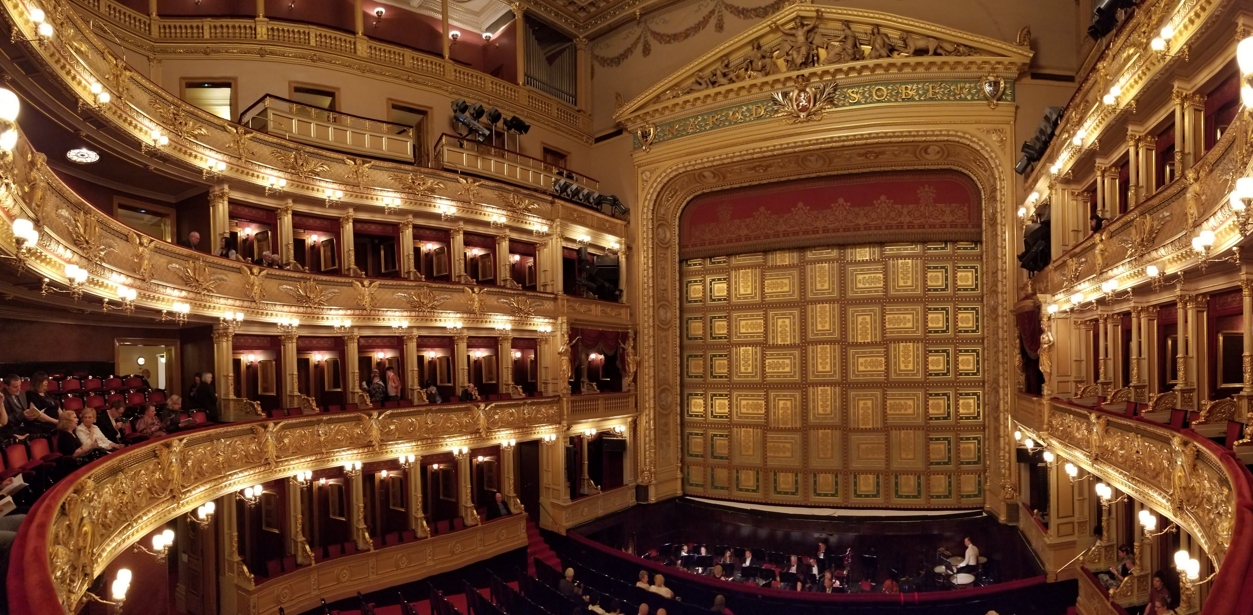
Oh, and make sure to try a Trdelník—It’s like a giant churro filled with ice cream.
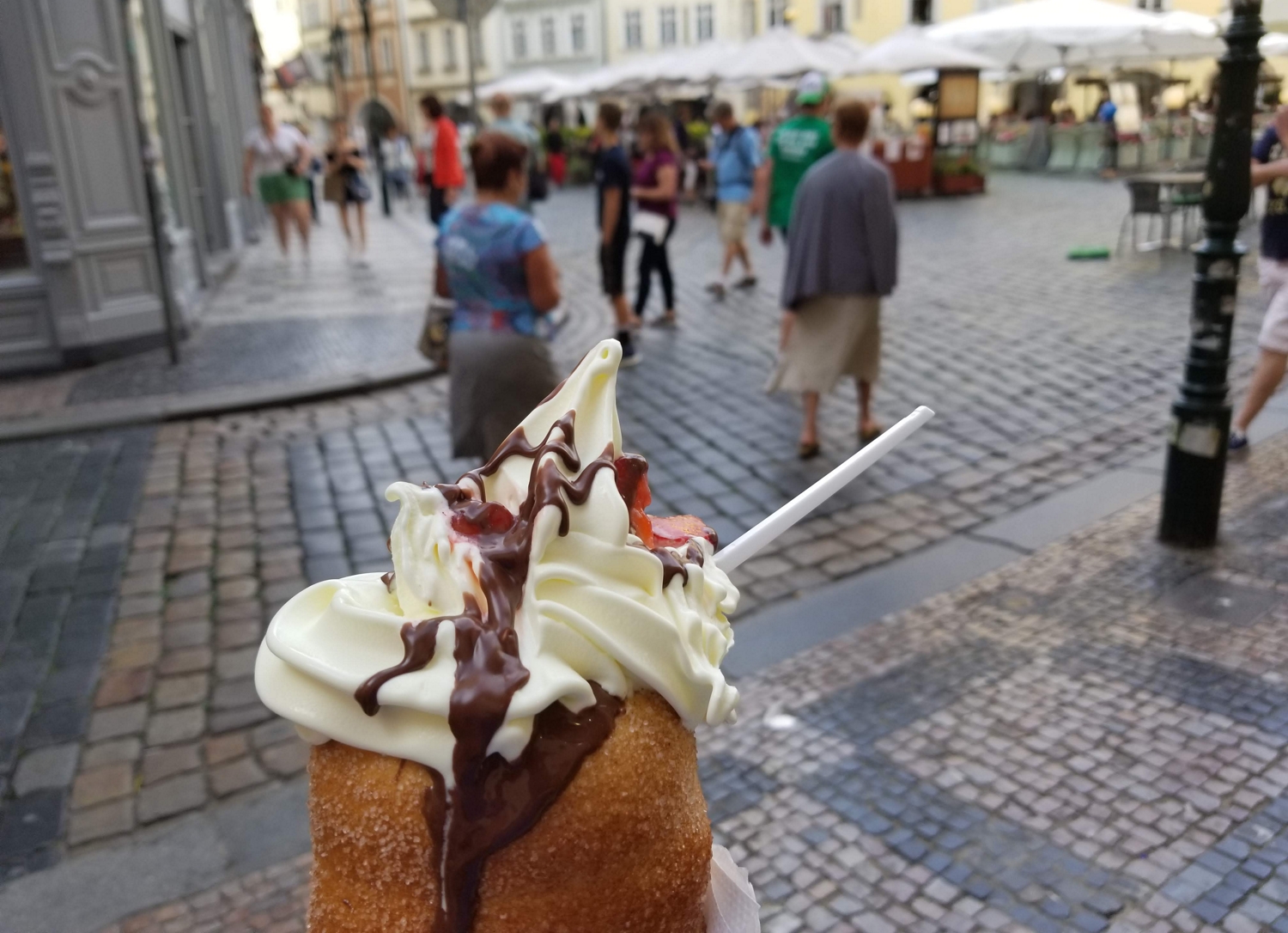
With a huge city like Prague, it was hardly a problem not knowing the local Czech language. Especially around the tourist traps, the shopkeepers could speak reasonable English; and the university students also spoke proficient English. The only language barriers I encountered were related to government offices.
Now let’s transition to the coursework at Charles University.

